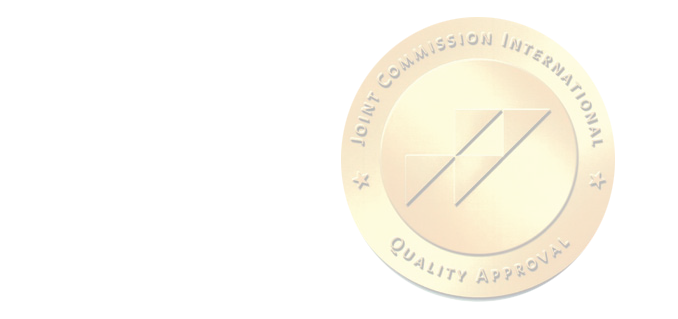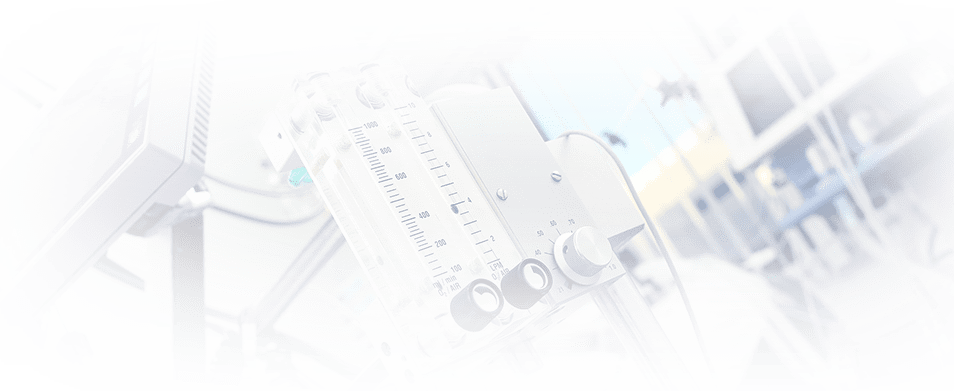Electroencephalography (EEG)
Electroencephalography (EEG) is a method for investigating the functional condition of the head enabling diagnosis of different forms of epilepsy, the presence of tumours, cerebral function disorders due to certain central nervous system diseases, previous strokes and injuries.
EEG monitoring is based on recording electrical activity in the brain, which makes it possible for the doctor to objectively determine the presence of deviations in the function of the central nervous system, the nature and degree of the disorder in the patient.
Electroencephalography is a procedure which is indicated for patients of any age. This test is considered to be a quite safe diagnostic method. The the JSC «Medicine» (clinic of academician Roytberg) Centre invites you to make an appointment and have an EEG of your brain done.
The Centre for Functional Diagnosis at the JSC «Medicine» (clinic of academician Roytberg) in Moscow has the most up-to-date equipment for cerebral EEG monitoring which guarantees obtaining maximally accurate characteristics of all cerebral frequencies in real-time. The neurologists (neurophysiologists) at our Centre have extensive practical experience in performing electroencephalography and in the interpretation of encephalograms. This information is important not only for making a correct diagnosis, but also to objectively assess treatment effectiveness.
You can have EEG monitoring at our Clinic by making a prior appointment at any time convenient for you. Call us on +7 (495) 775-73-60 (24/7) and arrange an appointment. Prices of procedures can be found in the price list. The final price is calculated individually for each patient.
Basic Indications for Cerebral EEG
As a rule, this investigation is necessary if a patient has:
- various forms of epilepsy;
- psychiatric disorders of different etiology;
- sleep disorders (insomnia, frequent awakening at night, etc.);
- vegetovascular dystonia;
- cerebrovascular accidents;
- inflammatory processes caused by neural infections;
- neoplasms (tumours, abscesses);
- neurodegenerative diseases in senior citizens (Alzheimer’s disease, dementia, Parkinson’s disease);
- fainting fits, panic attacks and other paroxysmal conditions;
- tonic cramps;
- increased intracranial pressure.
In addition, electroencephalography of the head is required for drivers obtaining or changing their license, for any medical certificates.
How is Encephalography Done?
Electroencephalography is performed under conditions of maximum comfort. The patient is asked to sit down in a comfortable armchair or lie down on a couch during the investigation. A special cap is put on his (her) head; this cap has sensors attached — sensitive electrodes which pick up electromagnetic signals and transmit them to the electroencephalograph. The device processes the electric pulses automatically and analyses the bioelectric activity of the brain, and then transforms the data obtained into a graphic image. — an encephalogram.
Sometimes during the procedure, the doctor recommends making a recording after challenge tests (these may be bright flashes of light, hyperventilation, loud sounds). The doctor may ask the patient to blink several times during the EEG in order to identify the graphic elements (artefacts). As a rule, the challenge tests are performed for detecting latent epilepsy when the standard methods do not give a complete picture of the changes happening in the brain.
Encephalography usually does not cause any painful sensations in the patient. You just have to be ready to stay in a static position with sensors on your head for a long time (from 45 min up to two hours).
Preparation for EEG
You should refrain from eating chocolate, drinking alcohol or stimulant drinks for two days before the EEG because these substances can have an active effect on the nervous system. You also have to consult with the doctor concerning any medication used (sleeping tablets and anti-spasmodic medication, tranquilisers). It is possible that you will have to stop taking some medication in order not to distort the results.
It is recommended that the patient should wash his/her hair and dry it without using any hair dressing products (mousse, gel or hair lacquer) on the day before the investigation.
You should not eat a lot or smoke for two hours before the investigation on the day of the appointment. It is also not recommended to use sedatives.
Any metal jewellery (clip-on earrings, earrings, hairpins, body piercing) should be removed from the head immediately before the investigation.
Encephalography cannot be done if the day before the person has fallen sick with an acute respiratory viral infection or influenza, has a blocked nose or a cough. In this case, the procedure should be postponed until full recovery.
EEG Monitoring
By comparison with standard encephalography, EEG monitoring lasts for a longer period (up to ten hours). This investigation enables detailed recording of how the brain functions at rest. All the key parameters of brain function are reflected in the electroencephalogram, video and audio recordings. This helps the doctor to detect any existing neurological disorders accurately. This is especially important in complex central nervous system pathologies including the diagnosis of epileptic conditions, which are hard to recognise with other methods.
EEG monitoring may be performed both in the day and at night-time. Night monitoring is considered more informative because many patients cannot fall asleep during the procedure in the day-time. If the investigation has to be performed in the middle of the day anyway, reducing sleep duration by 3–4 hours on the previous night is recommended in order to sleep more soundly during EEG-monitoring.
Doctors







